Research Research Highlights
Research Highlights
Research Highlights
Research Highlights
Research Highlights 미리보기
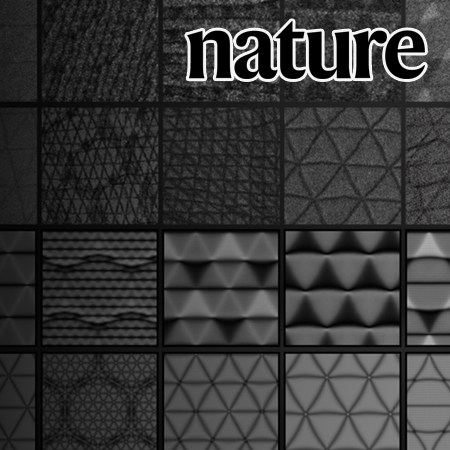
Professor Hyobin Yoo’s Research Team at SNU Develops 2D Quantum Material Platform Using Moiré Lattice Superposition
Prof. Hyobin Yoo
Seoul National University College of Engineering has announced that a joint research team led by Professor Hyobin Yoo from the Department of Materials Science and Engineering, in collaboration with Professor Young-Woo Son (Korea Institute for Advanced Study) and Professor Changwon Park (Ewha Womans University), has successfully developed a two-dimensional (2D) quantum material platform through the superposition of moiré lattices.
Research Highlights Board
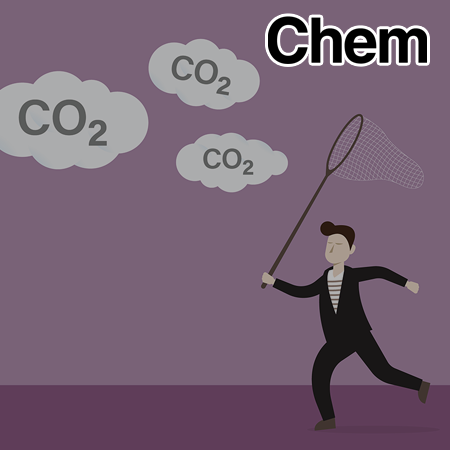
Strong cation concentration effect of Ni–N–C electrocatalysts in accelerating acidic CO2 reduction reaction
Prof. Yun Jeong Hwang
A research team led by Professor Yun Jeong Hwang from the Department of Chemistry has proposed a new strategy to enhance the performance of electrochemical CO2 reduction reactions in acidic environments.

Engineering large-scale hiPSC-derived vessel-integrated muscle-like lattices for enhanced volumetric muscle regeneration
Prof. Woo-Jin Kim
A research team led by Professor Woo-Jin Kim from the School of Dentistry has introduced a strategy combining innovative biomanufacturing techniques and stem cell technology, presenting a method to generate muscle fiber bundles containing vascular structures that can be scaled up extensively.
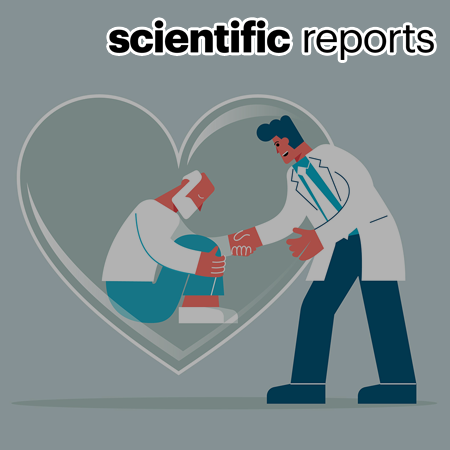
Association of cholecystectomy with short-term and long-term risks of depression and suicide
Prof. Sang Min Park
A research team led by Professor Sang Min Park from the Department of Biomedical Science has found that cholecystectomy may increase the short-term risks of depression and suicide, but there is no significant association with long-term depression risks or suicide risks.
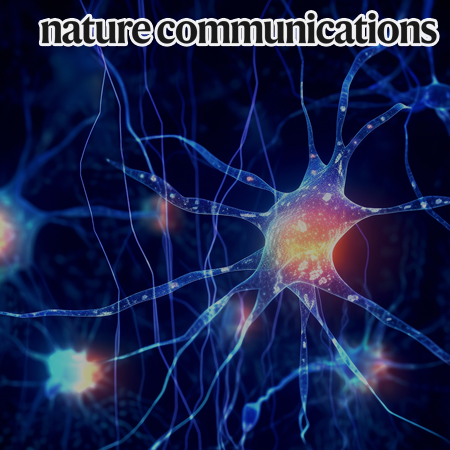
Astrocytic inhibition of lateral septal neurons promotes diverse stress responses
Prof. Se-Young Choi
A research team led by Professor Se Young Choi of the School of Dentistry has discovered that astrocytes act as crucial factors in regulating stress reactivity, serving as modulators of neural circuits.
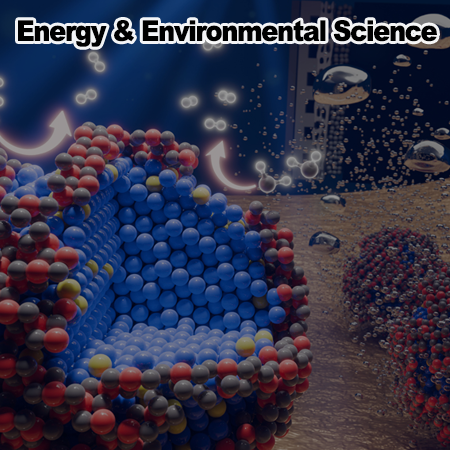
Professor Jin Young Kim’s Research Team at SNU Develops an Electrochemical Catalyst for High-Efficiency, Low-Cost, and Eco-Friendly Hydrogen Production
Prof. Jin Young Kim
A joint research team, including Professor Jin Young Kim from the Department of Materials Science and Engineering, has announced the development of an electrochemical catalyst poised to lead next-generation, eco-friendly hydrogen production.
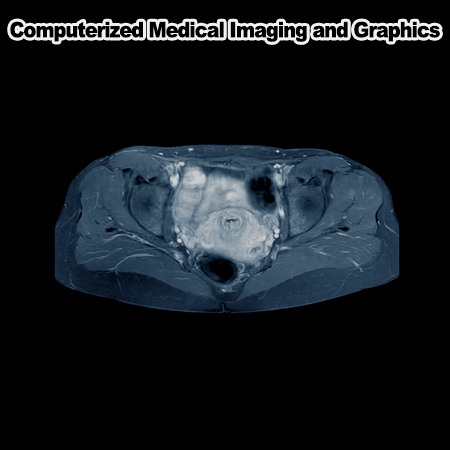
Opportunistic AI for enhanced cardiovascular disease risk stratification using abdominal CT scans
Prof. Sang Min Park
A joint research team, including Professor Sang Min Park from the College of Medicine, has announced the development of an innovative AI model capable of predicting the risk of cardiovascular disease by utilizing big data and AI technology.
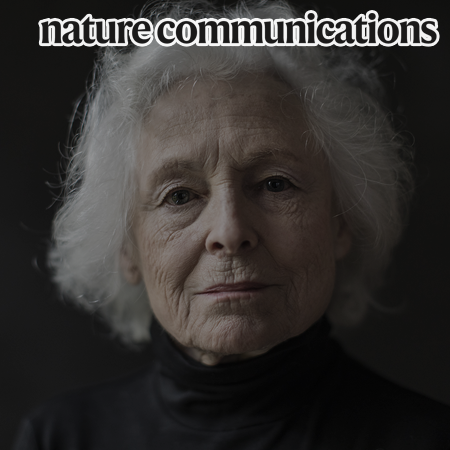
Cell enlargement modulated by GATA4 and YAP instructs the senescence-associated secretory phenotype
Prof. Chanhee Kang
A research team led by Professor Chan Hee Kang of the Department of Biological Sciences has identified for the first time the regulatory and functional mechanisms of hypertrophy in senescent cells, a phenomenon that had long remained a mystery.
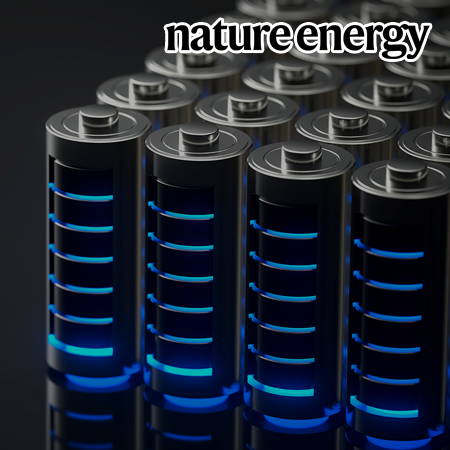
Miniature Li+ solvation by symmetric molecular design for practical and safe Li-metal batteries
Prof. Jiheong Kang
A joint research team, including Professor Ji Heong Kang from the Department of Chemistry, has announced the development of a novel electrolyte infused with ionic plastic crystals.
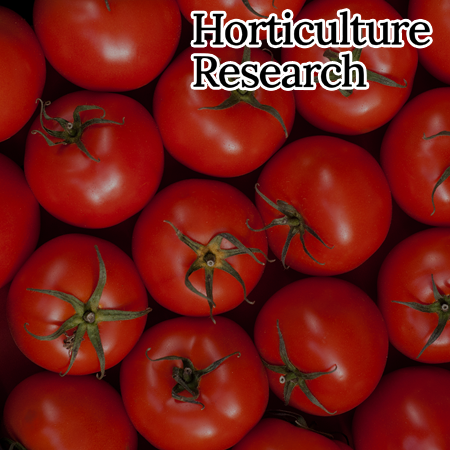
SlH3 and SlH4 promote multicellular Trichome formation and elongation by upregulating woolly in tomato
Prof. Jin-Ho Kang
A research team led by Professor Jin Ho Kang of the Graduate School of International Agricultural Technology has announced the world's first identification of the key genes involved in tomato trichome development.
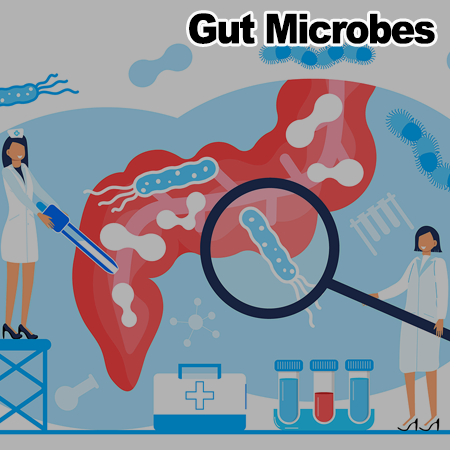
Extracellular vesicles of Limosilactobacillus fermentum SLAM216 ameliorate skin symptoms of atopic dermatitis by regulating gut microbiome on serotonin metabolism
Prof. Younghoon Kim
A research team led by Professor Young Hoon Kim of the Department of Agricultural Biotechnology has identified how probiotic bacteria-derived extracellular vesicles (EVs) alleviate atopic dermatitis symptoms through the regulation of gut microbiota and serotonin metabolism.
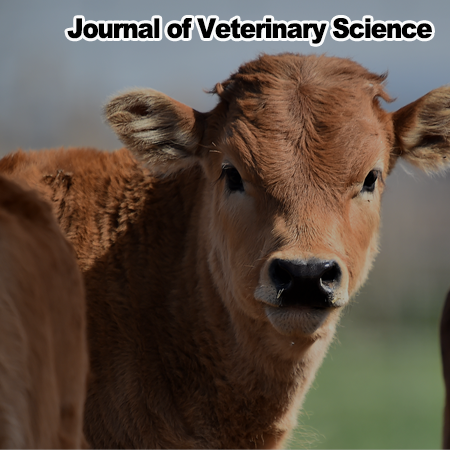
Identification of a new bovine picornavirus (Boosepivirus) in the Republic of Korea
Prof. Joon-Seok Chae
A research team led by Professor Joon Seok Chae of the College of Veterinary Medicine has identified for the first time in Korea that Bovine originated orbivirus (BooV) is highly likely to be a major causative pathogen of Hanwoo calf diarrhea.
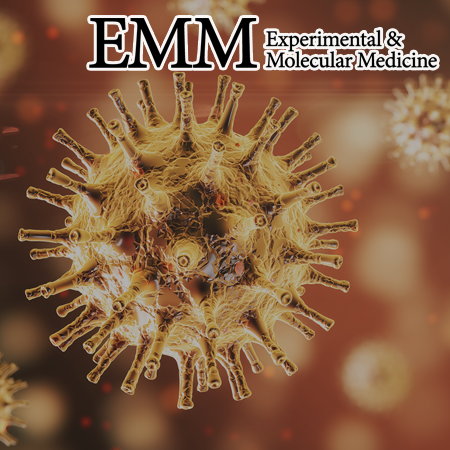
SARS-CoV-2 pseudovirus dysregulates hematopoiesis and induces inflammaging of hematopoietic stem and progenitor cells
Prof. Kyung-Rok Yu
A joint research team, including Professor Kyung Rok Yu from the College of Agriculture and Life Sciences, has announced the development of a virus-like particle (VLP) production system using the coronavirus spike protein, along with a humanized mouse model for virus infection based on this system.

